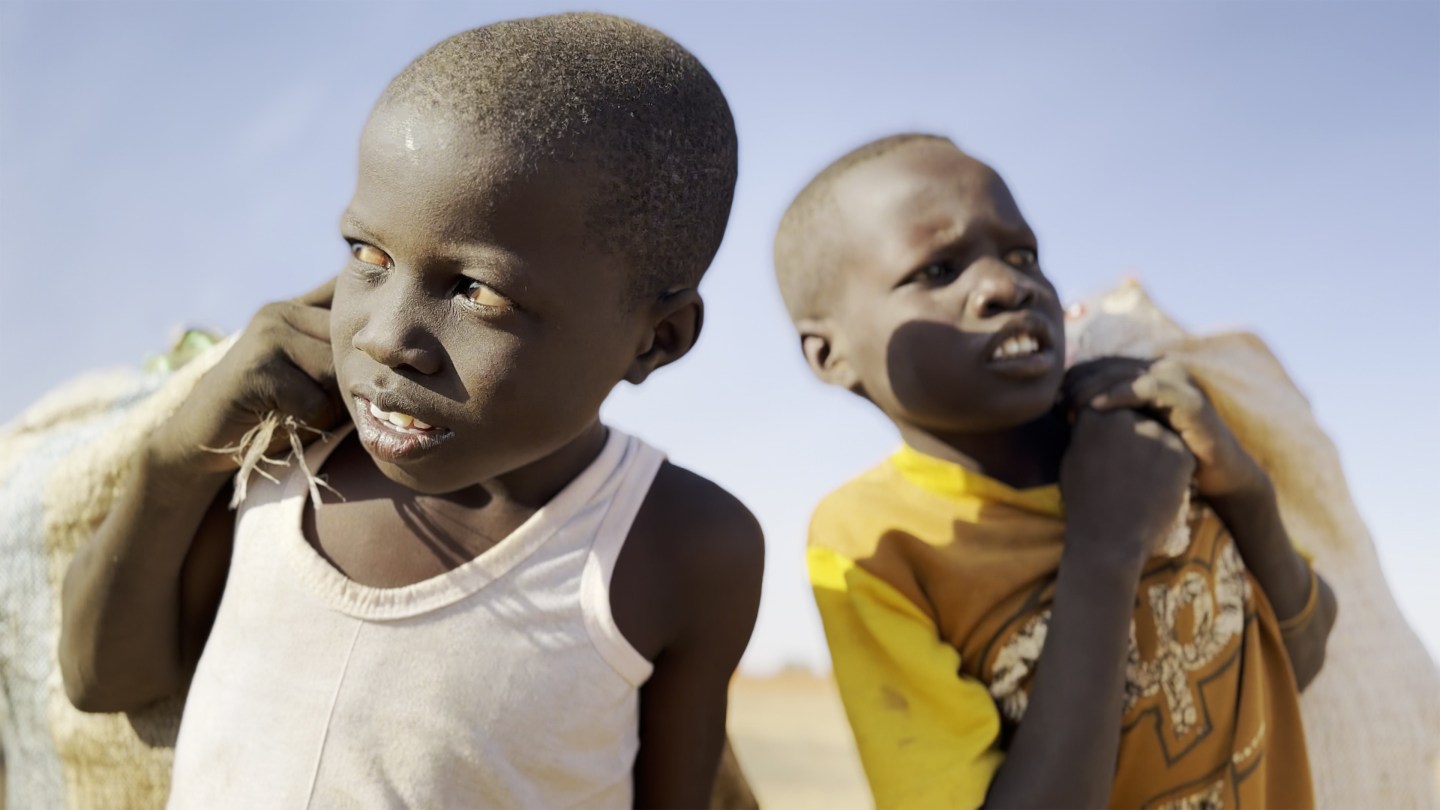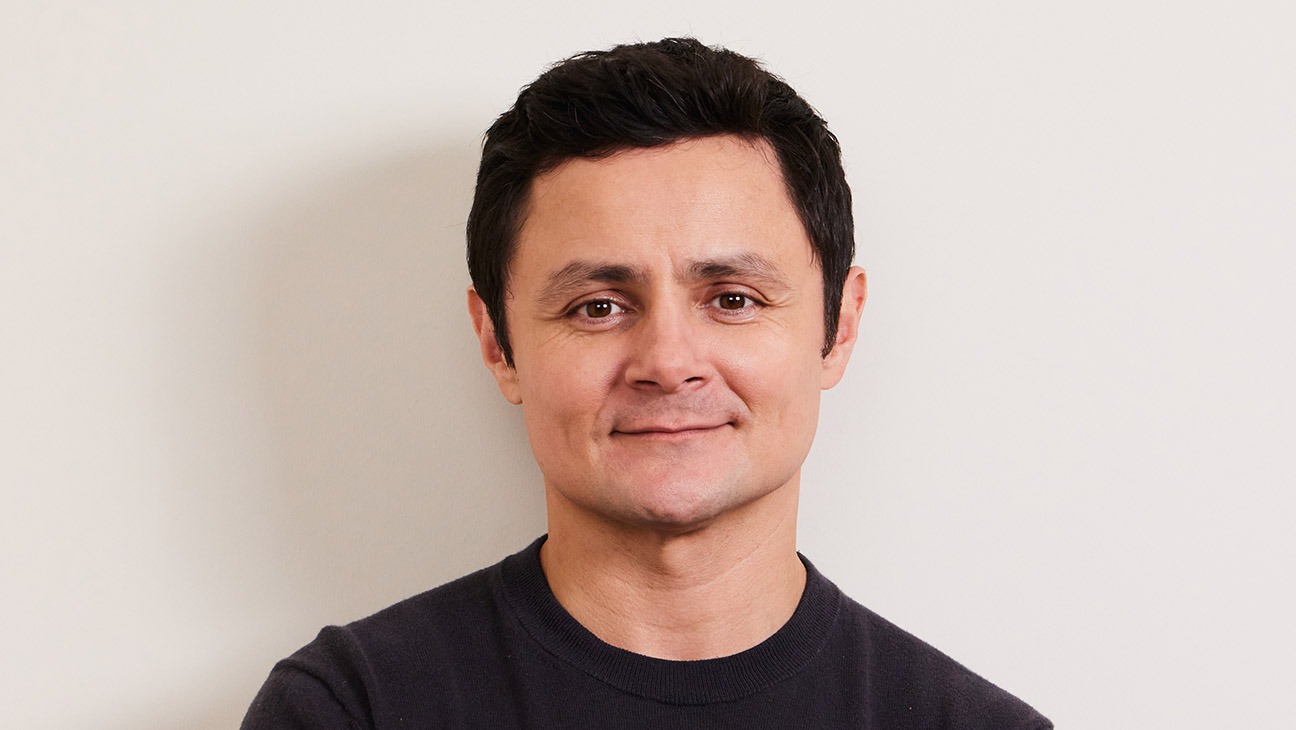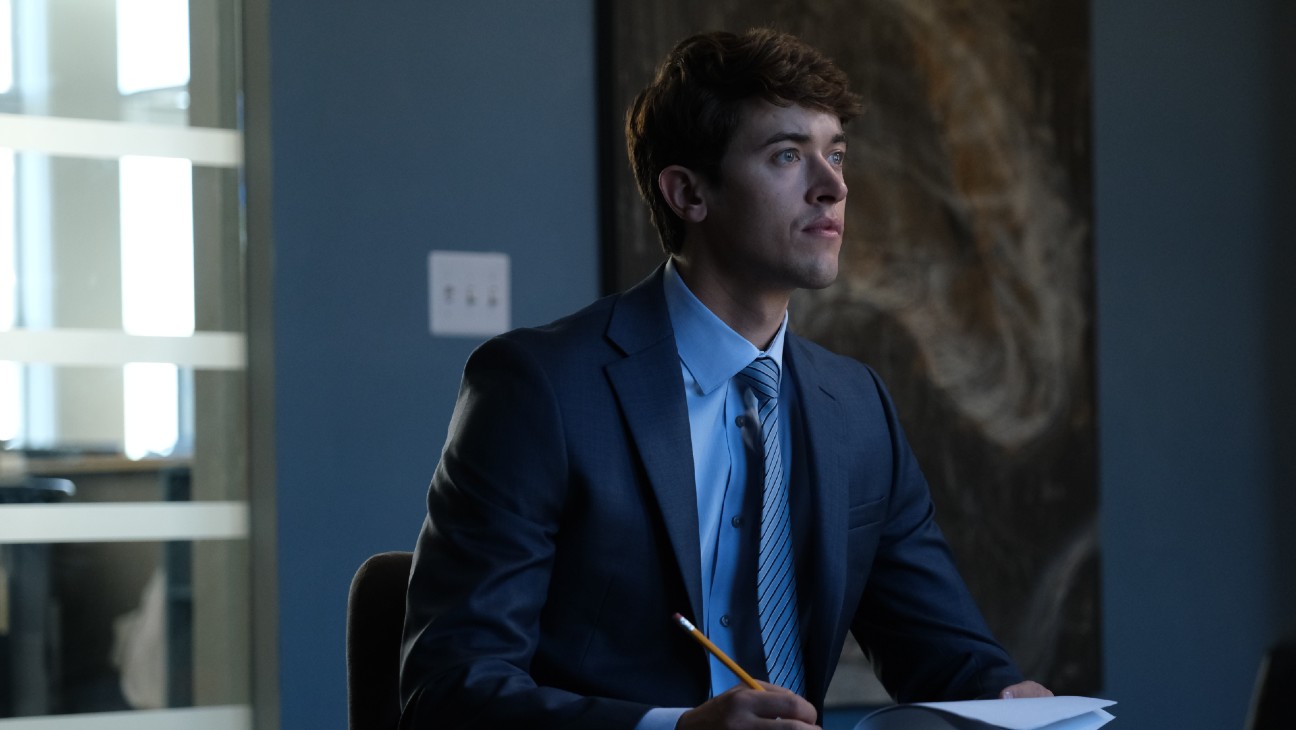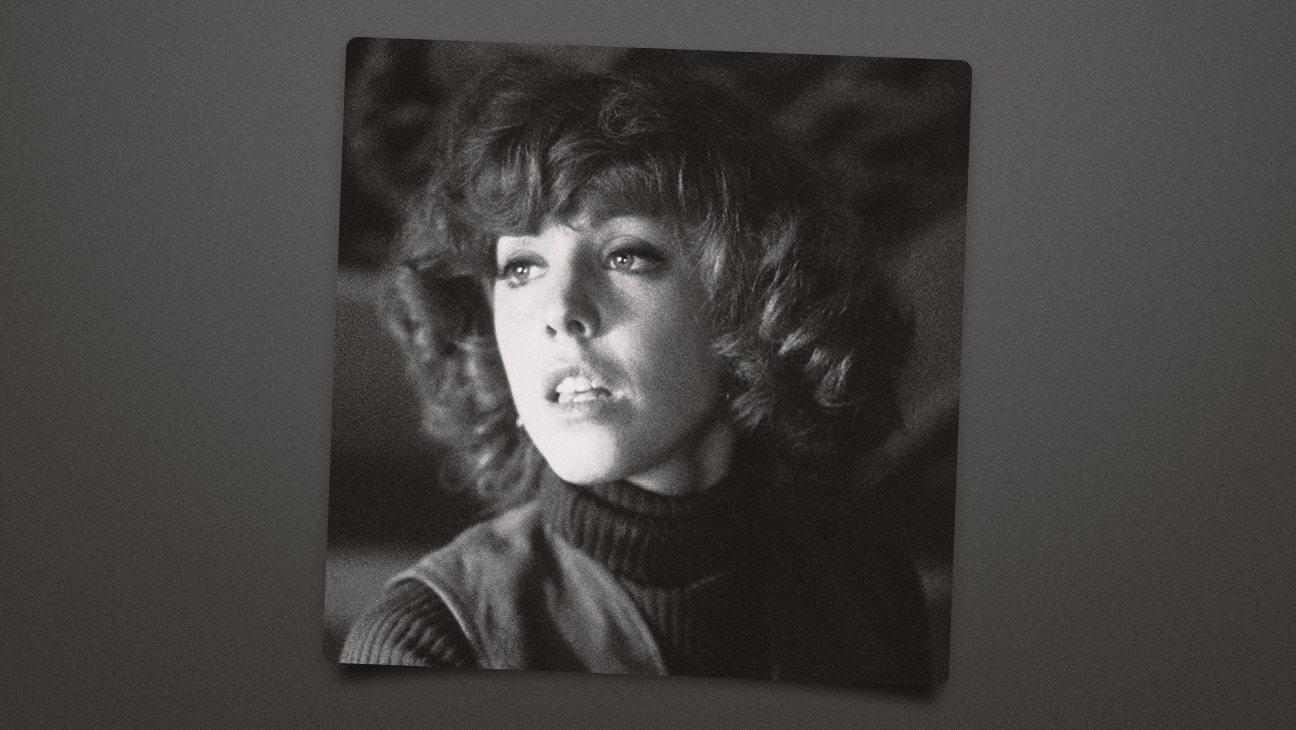Five Sudanese citizens — a civil servant, a tea lady, a resistance volunteer and two street boys who make money collecting plastic bottles — come together to share their memories, hopes and dreams in Khartoum, a caleidoscopic documentary about the civil war that started in the country in 2023. A collective of Sudanese and British filmmakers, displaced just like the five, collaborated with them in a blend of oral storytelling, staged reenactments and other elements that world premiered at Berlin and has been featured in the program of the 69th edition of the BFI London Film Festival (LFF), which runs through the weekend.
The film comes from directors Rawia Alhag, Ibrahim Snoopy, Anas Saeed, Timeea M Ahmed and Phil Cox. Together, they bring to life the emotional and harrowing stories of young bottle collectors and best friends, Lokain and Wilson, resistance committee volunteer Jawad, tea stall owner Khadmallah and civil servant Majdi.
At the start of the doc, we find out that during filming, war broke out between the Sudanese government and the Rapid Support Force Militia in a military coup that ended up displacing more than 10 million people, “including everyone in this film.”
The five featured people share their worries and dreams. “I’m scared of not seeing my home again,” shares Jawad. “We really have an identity crisis,” Khadmallah offers, with some Sudanese saying they are African, while others see themselves as Arabs. “Have I been a coward or a brave man?” Majdi wonders. And the two boys explain: “The rubbish is our treasure, plastic bottles are our gold.”
Alhag, Cox and Khadmallah spoke to THR during the LFF about making Khartoum despite all the fighting, displacement and other challenges, and their hope to help people outside Sudan understand and heal through filmmaking.
“It started as one thing, which was a cinematic poem of the city to Khartoum before the war,” Cox explained. “But it ended up as a very different and creative film, born out of circumstance, born out of being caught up in a war. Everything was going fine, and then suddenly war broke out, and we had to use all the money to save the participants and the directors. So everybody fled, over four or five months, to Kenya.”
Green screens, reenactments and, in the case of the two boys, drawings, offered ways to create material while away from home. “We just had this footage before the war,” Cox said. “And we realized the stories were all inside our participants.”
Finding the five voices wasn’t easy. “The difficulty was finding children that I could possibly film,” Alhag told THR. “There are loads of street children, but rarely two kids that I could feasibly film.” They ended up finding two boys who lived on the outskirts of Khartoum.
“The second difficulty was filming them in the streets,” she explained. “Because even though we had permits from the authorities, it was difficult working amongst the people on the street. They were very uncomfortable with us filming kids in the street rather than in school.”
Cox said that the chaos and horror of war meant that the film team ended up being really diverse. “These are people who would never meet,” he told THR. “But because we’d lost everything, we all ended up in the same room on a mattress. So even behind the camera, the directors are of very different genders, ethnicities and religions, but everyone came together.”
Alhag echoed that: “I had a little bit of distance because I was the only woman in the filmmaking team. I didn’t know anything about the other filmmakers. But once we were displaced in Nairobi, the force majeure of the conflict brought us all really together.”
Khadmallah was approached by one of the other directors. “Anas [Saeed] is my director. I am a tea lady, and he is one of my customers,” she told THR. “He came to me and told me that he was looking for someone to participate in a film. I accepted, but the challenge that I faced was convincing my family.”
Things worked out. “I had some of my friends come and make a video for me, and I talked with my mom,” she recalled. “At the end, she accepted [my participation in the film].”
Reenacting experiences and expressing hopes was not always easy for Khadmallah. “I think I had a lot of trauma,” she said. “Whenever I started in front of the camera, I just cried because I didn’t know if I could talk. But I think all of us, because we faced the war, have that same feeling.”
Alhag said that the filmmaker also shared certain experiences and motivations. “We all had different levels of film experience and expertise, but we just brought them all together to make one final film. We worked as a family.”
Finishing the film wasn’t so much the end of the collaboration but also a new beginning. “It’s been the start of something new,” Alhag offered. “We’re still displaced. Several of us are still living in this neighborhood in Nairobi. So it’s the start of rebuilding something different.”
Concluded Cox: “The film has been a catalyst for everyone involved, but it’s also a hugely cathartic film for the audiences, for Sudanese people who have never seen representation on the screen.”





